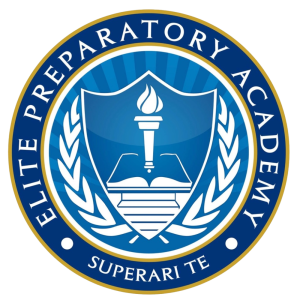UNIT 2: Force and Translational Dynamics
Section outline
-
Developing Understanding
In Unit 2, students are introduced to the concept of force—an interaction between two objects or systems. Within the broader study of dynamics, the investigation of forces helps students analyze and comprehend various physical phenomena. This understanding builds on the foundational representations from Unit 1, especially with the introduction of the free-body diagram. Students will deepen their analysis of forces and systems, laying the groundwork for applying Newton’s second law in rotational form in Unit 5.
Building Science Practices
• 2.A: Translation between models and representations is essential in this unit. Students use models and representations to analyze systems, interactions, and resulting changes.
• 2.D: Alongside mastering specific force equations, Unit 2 encourages students to derive new expressions from fundamental principles. This helps them make predictions based on the functional dependence between variables.
• 3.B: Students develop the skill of making claims by predicting the acceleration of a system from the forces exerted on it, justifying these predictions using appropriate physics principles.Preparing for the AP Exam
The AP Physics C: Mechanics Exam requires students to re-express key elements of physical phenomena across multiple representations. This skill is tested in the Qualitative/Quantitative Translation (QQT) question on the free-response section. The QQT prompts students to:
• Make a claim, providing evidence and reasoning without equations, using content from any unit.
• Derive relevant equations to mathematically represent the scenario.
• Connect the initial claim to the derived equation(s), demonstrating a conceptual understanding.Students who focus primarily on numerical problem solving may find the QQT challenging, as it demands conceptual understanding and translation between equations, diagrams, graphs, and verbal descriptions. Regular practice in translating among these representations prepares students for the QQT and enhances their overall mastery of course content.
-
2.1.A Describe the properties and interactions of a system.
2.1.B Describe the location of a system’s center of mass with respect to the system’s constituent parts.
-
2.2.A Describe a force as an interaction between two objects or systems
2.2.B Describe the forces exerted on an object or system using a free-body diagram.
-
2.3.A Describe the interaction of two objects or systems using Newton’s third law and a representation of paired forces exerted on each object or system.
-
2.4.A Describe the conditions under which a system’s velocity remains constant.
-
2.5.A Describe the conditions under which a system’s velocity changes.
-
2.6.A Describe the gravitational interaction between two objects or systems with mass.
2.6.B Describe situations in which the gravitational force can be considered constant.
2.6.C Describe the conditions under which the magnitude of a system’s apparent weight is different from the magnitude of the gravitational force exerted on that system.
2.6.D Describe inertial and gravitational mass.
2.6.E Describe the gravitational force exerted on an object by a uniform spherical distribution of mass.
-
2.7.A Describe kinetic friction between two surfaces.
2.7.B Describe static friction between two surfaces.
-
2.8.A Describe the force exerted on an object by an ideal spring.
2.8.B Describe the equivalent spring constant of a combination of springs exerting forces on an object.
-
2.9.A Describe the motion of an object subject to a resistive force.
-
2.10.A Describe the motion of an object traveling in a circular path.
2.10.B Describe circular orbits using Kepler’s third law.
-
